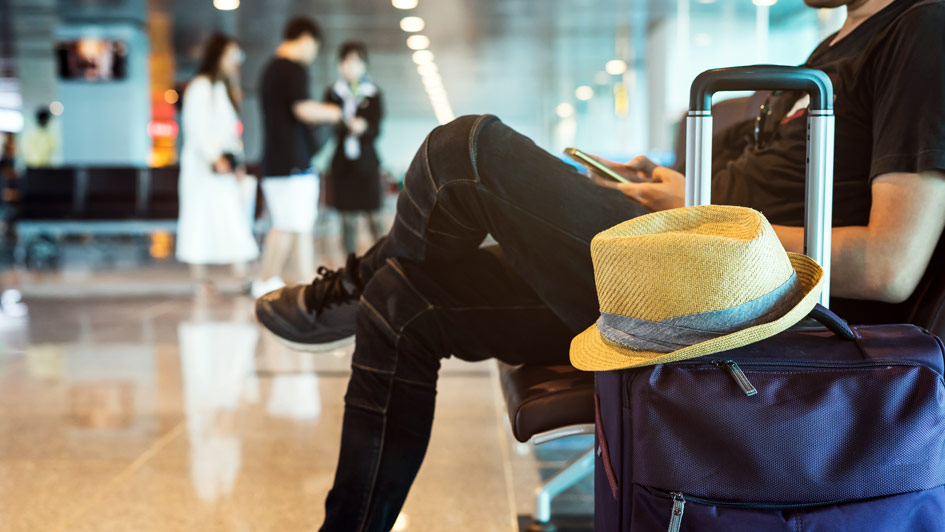
Between a relaxing vacation or a long trip for work, traveling means making preparations for your HVAC system. You don't need it while you’re on a trip, so you can adjust the temperature as needed to conserve your energy use. Simultaneously, you shouldn't just shut it down for the entire time you're gone.
For the most part, it’s best to leave your HVAC system going and just make adjustments depending on the time of year. That way you can minimize energy costs without stressing about getting back to an uncomfortable home. We’ll explain why you should avoid turning your HVAC system off as well as the ideal thermostat settings for summer and winter.
Here’s Why You Don't Leave Your Thermostat Alone
While you might be inclined to turn your HVAC system off before a trip, this could end up causing costly problems by the time you come back. This is especially true in case the weather will be severely hot or cold while you’re out of town.
For instance, turning the HVAC system off in the summer will sometimes produce very high humidity. Not only will your home feel like a swamp when you have returned, but it might have also stimulated mold/mildew growth or pest infestations.
And over the winter, not using the furnace can lead to pipes freezing up or even bursting. It’s exhausting to return home from a vacation only to find considerable water damage near a broken pipe.
Energy-Efficient Thermostat Settings While at Work
You can make temperature adjustments even when you're just going to work. Considering you’re not home for about 8 hours or longer, it doesn’t help your monthly energy bill to keep an empty home heated or cooled as if you were there. In general, it’s encouraged to adjust the thermostat by 5 degrees or more. That means that if you prefer a comfortable 72 degrees, think about increasing it to 76-77 while you’re gone.
But you could save even more if you're open to further adjusting the temperature. According to the Department of Energy, you may save nearly 10% on your HVAC costs by increasing the adjustment to 7-10 degrees.
Energy-Efficient Thermostat Settings While Away from Home in Summer
If you leave for a lengthier trip in the hottest part of summer, you can make larger adjustments. This helps you avoid using too much energy while still protecting your home from the problems that come with leaving it without air conditioning. Something like 5 degrees is appropriate for shorter trips while around 10 degrees is worthwhile if you’ll be out of town for 2 weeks or longer. If you like keeping the house at 72 in the summer, 78-82 will offer the best results.
Recommended Thermostat Settings While on Vacation in Winter
To figure out the most energy-efficient thermostat setting for a winter trip, consider lowering the temperature by the same amount you would raise it in summer. 68 is a common winter thermostat setting, so adjusting to 63-58 will keep your plumbing safe while limiting how often your furnace operates.
A Smart Thermostat Can Help: Perks of a Smart Thermostat
An ideal strategy to optimize your home’s HVAC system while away from home is using a smart thermostat. This innovative type of programmable thermostat utilizes intelligent software to track your typical comfort habits. It learns these preferences and makes automatic corrections to the schedule for higher energy efficiency. And with Wi-Fi integration, you can remotely access your HVAC system using a smart device like a phone or tablet.
Smart thermostats are loaded with features to help you save on your energy bill. To provide an example, certain models can track electricity prices to bolster heating or cooling when prices are lower. They are compatible with high-efficiency, variable-speed equipment to fine-tune how long your HVAC system should run. It’s the optimal tool to enhance how you use your comfort system. If you’re thinking about investing in a smart thermostat, there are different ways you can bring down your costs, in essence getting a smart thermostat for free. The next time you leave for vacation, you can enjoy true peace of mind that your HVAC system won’t cause any trouble while you’re away from home.
